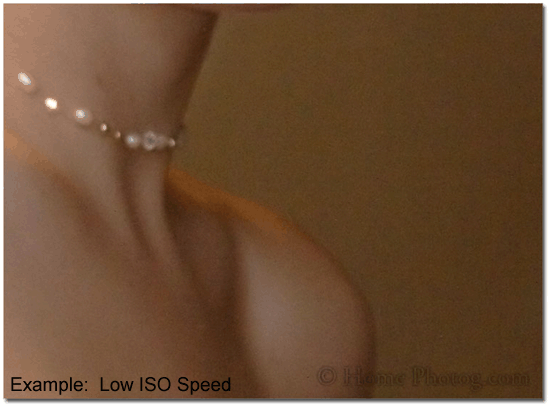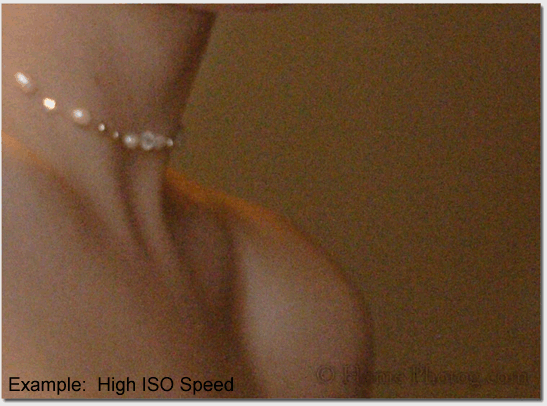Tutorials: Basics
ISO Speeds
For those familiar with film, ISO (International Organization for Standardization) is a standard for measuring light sensitivity which happens to function the same way with digital as it does with film. The higher the ISO speed, the more sensitive the sensor is to light - and the more "digital noise" increases. Noise is roughly equivalent to "grain" in film images. Grain can be used to artistic effect, and can be a desirable effect. Unfortunately, the same is not true of noise. Noise is an entirely unattractive trait , and one that can be difficult to avoid. ISO is expressed in numbers, usually from ISO 50 to ISO 400 or ISO 800 on consumer digital cameras. Following you can see two examples - the first is one with a low amount of noise (low ISO), and the second with a high amount of noise (high ISO).


For those familiar with film, ISO (International Organization for Standardization) is a standard for measuring light sensitivity which happens to function the same way with digital as it does with film. The higher the ISO speed, the more sensitive the sensor is to light - and the more "digital noise" increases. Noise is roughly equivalent to "grain" in film images. Grain can be used to artistic effect, and can be a desirable effect. Unfortunately, the same is not true of noise. Noise is an entirely unattractive trait , and one that can be difficult to avoid. ISO is expressed in numbers, usually from ISO 50 to ISO 400 or ISO 800 on consumer digital cameras. Following you can see two examples - the first is one with a low amount of noise (low ISO), and the second with a high amount of noise (high ISO).

